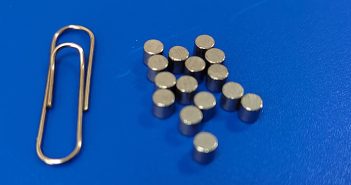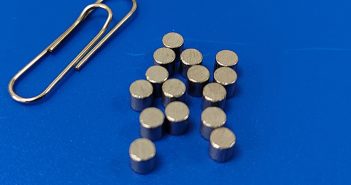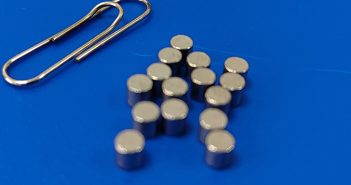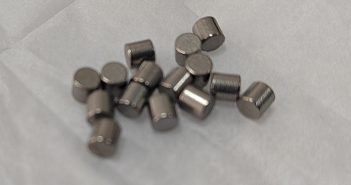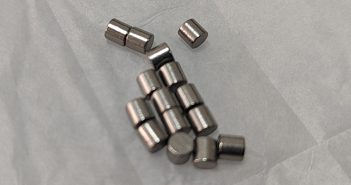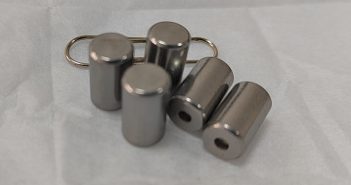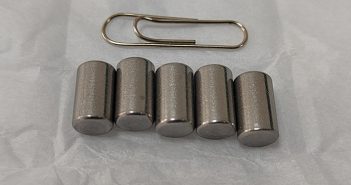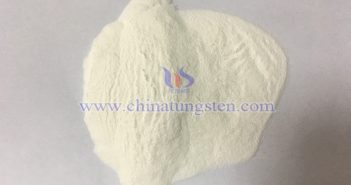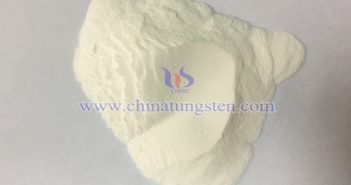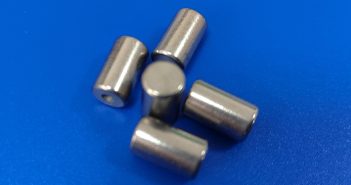
The electronic work function of barium tungsten electrode is its core performance indicator, which directly affects its emission efficiency, operating temperature and life as a hot cathode. The factors affecting the electronic work function of barium tungsten electrode mainly include the following aspects: 1. Material Composition The chemical composition of barium and tungsten in the electrode directly affects the electronic work function. The purity of barium and tungsten and their different ratios will cause the work function to change. For…

